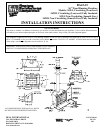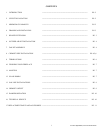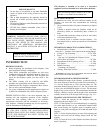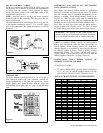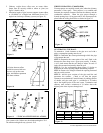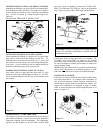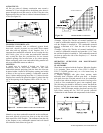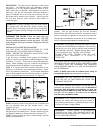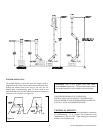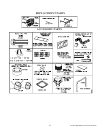
For more information, visit www.desatech.com
8
IMPORTANT: The glass must be allowed to warm slowly
and evenly. The tempered glass will withstand a gradual
temperature rise to 550 degrees Fahrenheit, which is more
than a normal fire will generate. Such materials as pitch/wax
laden logs, very dry mill end lumber, and large amounts of
paper or cardboard boxes can create an excessively hot fire
and should not be burned in this fireplace. Always keep the
fire well back from the doors and never allow flames to
contact the glass.
CLEANING THE GLASS: Clean the glass with any
commercial glass cleaner or soap and water. DO NOT
use any abrasive material to clean the glass. DO NOT
clean the glass with any cool water if the glass is still hot
from the fire.
OPTIONAL GAS LINE INSTALLATION
GAS LINE HOOK UP SHOULD BE DONE BY YOUR
SUPPLIER OR A QUALIFIED SERVICE PERSON.
NOTE: BEFORE YOU PROCEED, MAKE SURE YOUR
GAS SUPPLY IS TURNED OFF.
A gas line may be installed for the purpose of installing a
vented or vent-free gas appliance available through your local
distributor. Use only ½ inch black iron pipe and appropriate
fittings. When installing a gas line, a shut-off valve designed
for installation outside the appliance is recommended.
STEP 1: To install, remove the knockout indentation on the
refractory, (or firebrick), wall located approximately 2 inches
above the refractory hearth floor. The knockout indentation
must be firmly tapped with any solid object until it is released.
Remove fragmented portions of refractory (see figure 22).
STEP 2: Remove gas line cover plate on rear of fireplace and
pull out insulation from gas line conduit sleeve. Save
insulation for reuse.
STEP 3: Run a ½ inch black iron gas line into the fireplace
through the gas line conduit sleeve. Provide sufficient gas line
into fireplace chamber for fitting connection (see figure 23).
NOTE: Secure incoming gas line to wood framing to provide
rigidity for threaded end.
STEP 4: Repack insulation around gas line and into sleeve
opening. Seal any gaps between gas line and refractory
knockout hole with refractory cement or commercial furnace
cement. Install the gas appliance or cap-off gas line if desired.
The gas pipe is intended for connection to an unvented (vent-
free) or a decorative gas appliance (vented gas log).
If you wish to install an unvented (vent-free) gas log set, ONLY
UNVENTED GAS LOG SETS WHICH HAVE BEEN FOUND
TO COMPLY WITH THE STANDARD FOR UNVENTED
ROOM HEATERS, ANSI Z21.11.2, ARE TO BE INSTALLED
IN THIS FIREPLACE.
NOTE: A DESA hood must be installed when using an
unvented gas log set (see accessories on page 10).
If you install a decorative gas appliance (vented gas log), the
decorative gas appliance must comply with the Standard for
Decorative Gas Appliances for Installation in solid fuel
burning Fireplaces, ANS Z21.60-1996, Z21.84 or RGA 2-72,
and shall also be installed in accordance with the National
Fuel Gas code, ANS Z223.1-1996.
Figure 23
Figure 22
CAUTION: All gas piping and connections must be tested
for leaks after the installation is completed. After ensuring
that the gas valve is on, apply a soap and water solution to
all connections and joints. Bubbles forming show a leak.
Correct all leaks at once. DO NOT USE AN OPEN
FLAME FOR LEAK TESTING AND DO NOT
OPERATE ANY APPLIANCE IF A LEAK IS
DETECTED.
WARNING: DO NOT OPERATE AN UNVENTED
GAS LOG SET IN THIS FIREPLACE WITH THE
CHIMNEY REMOVED.
WARNING: WHEN USING A DECORATIVE
VENTED GAS LOG, THE DAMPER MUST BE
REMOVED OR PERMANENTLY LOCKED IN THE
FULLY OPENED POSITION.
WARNING: If the fireplace has been used for wood
b
urning, the firebox and chimney must be cleaned of
soot, creosote and ashes by a qualified chimney cleaner.
Creosote will ignite if highly heated.
WARNING: Fireplaces equipped with glass doors should
b
e operated only with door fully opened or doors fully
closed. Doors, if left partly open, may draw gas and flame
out of the fireplace opening creating risks of both fire and
smoke.



